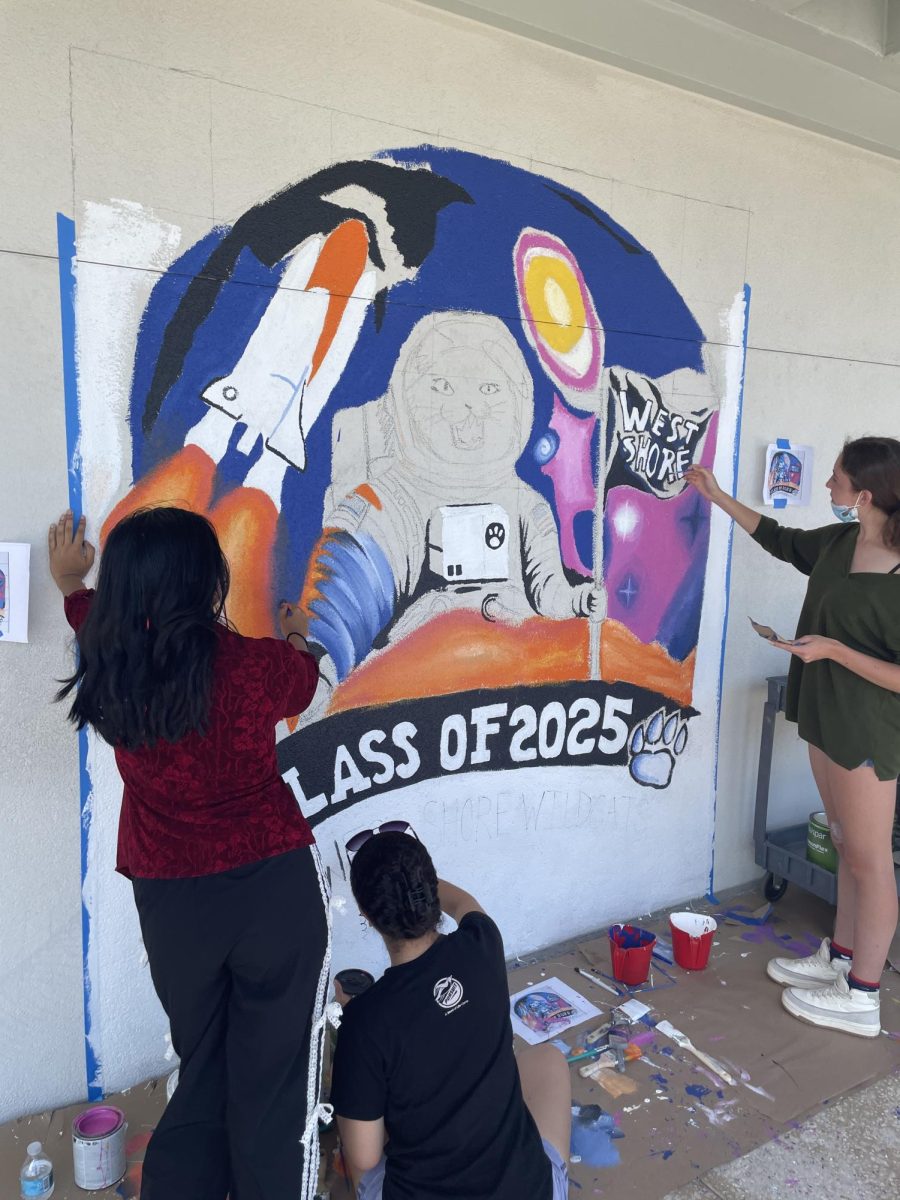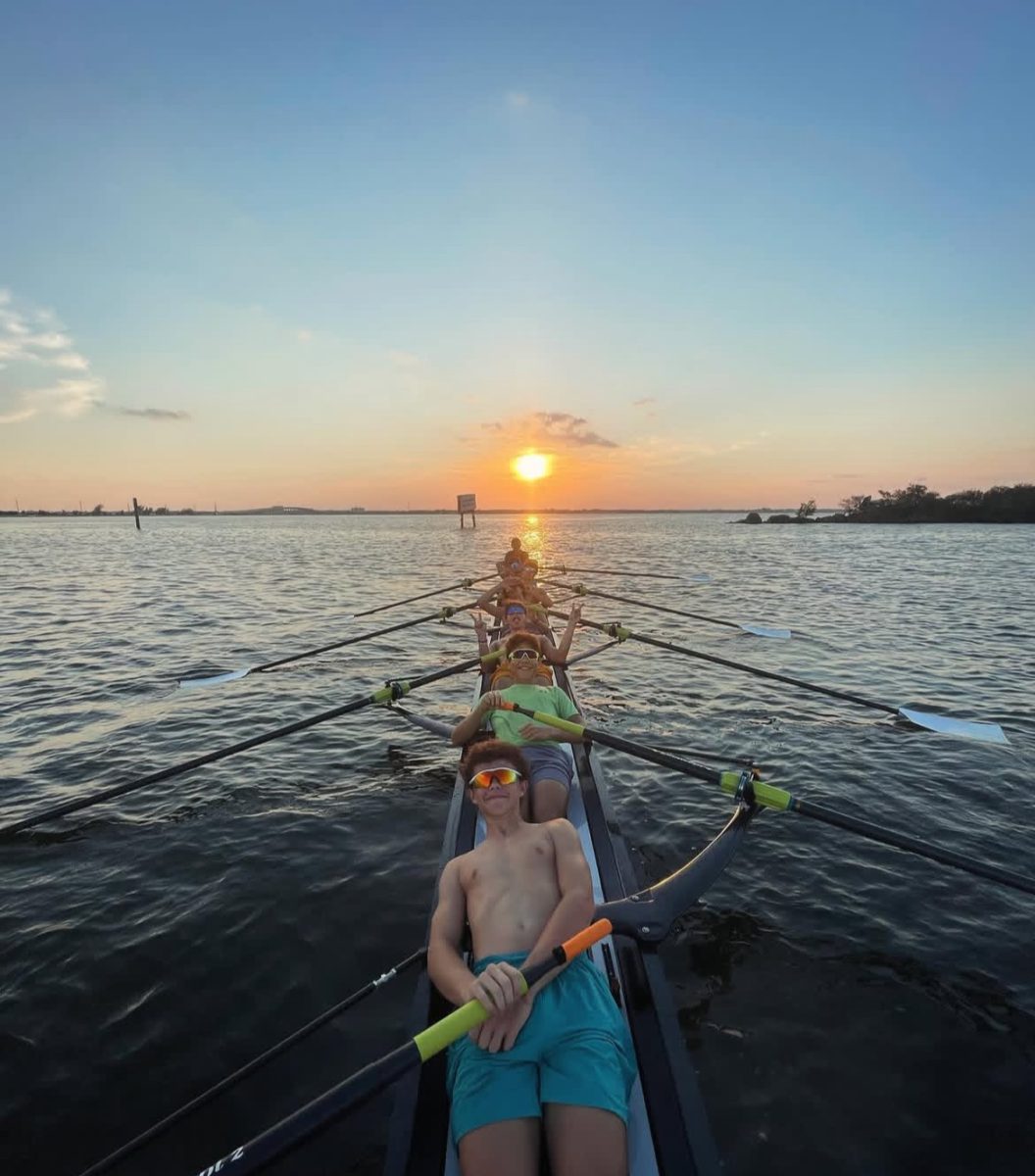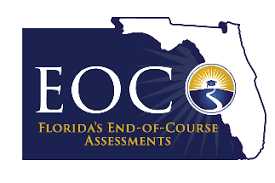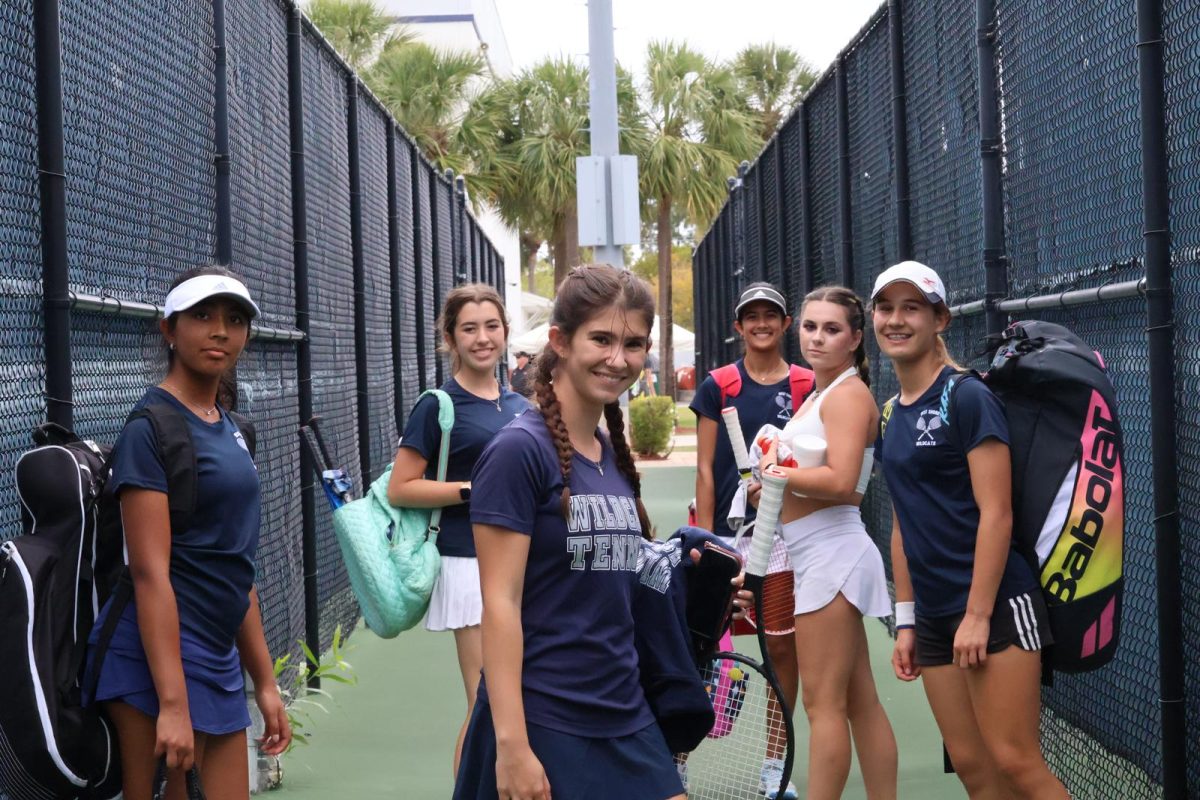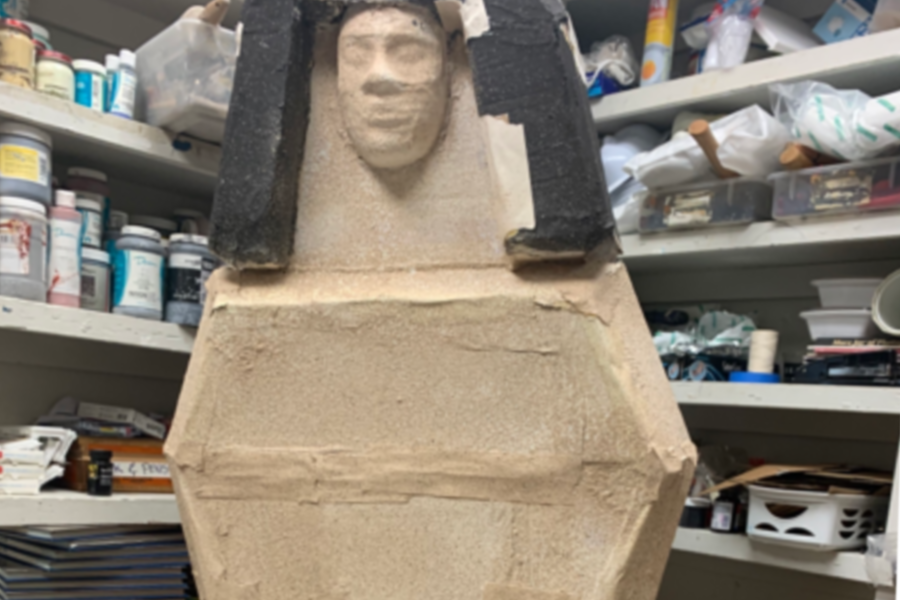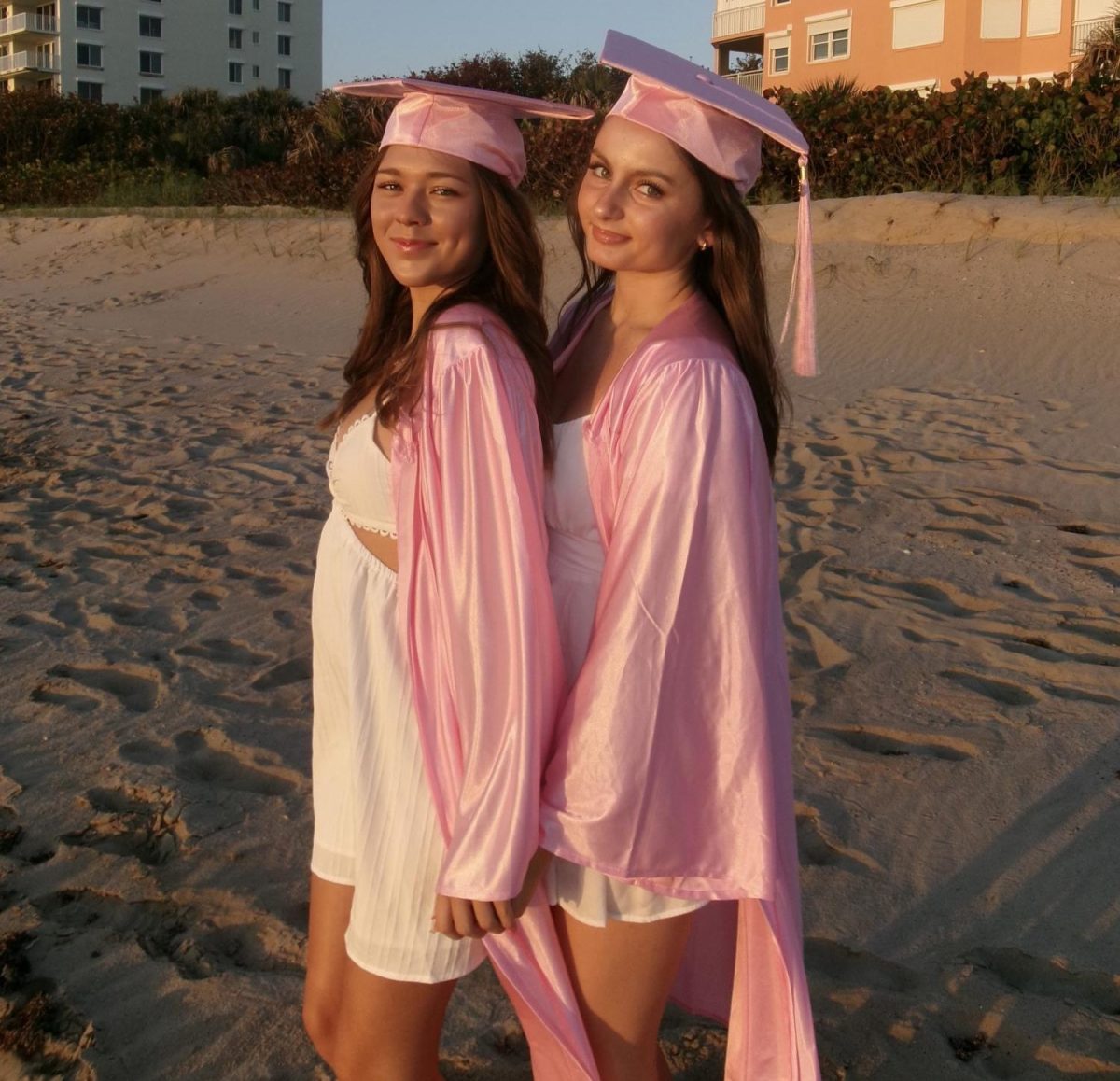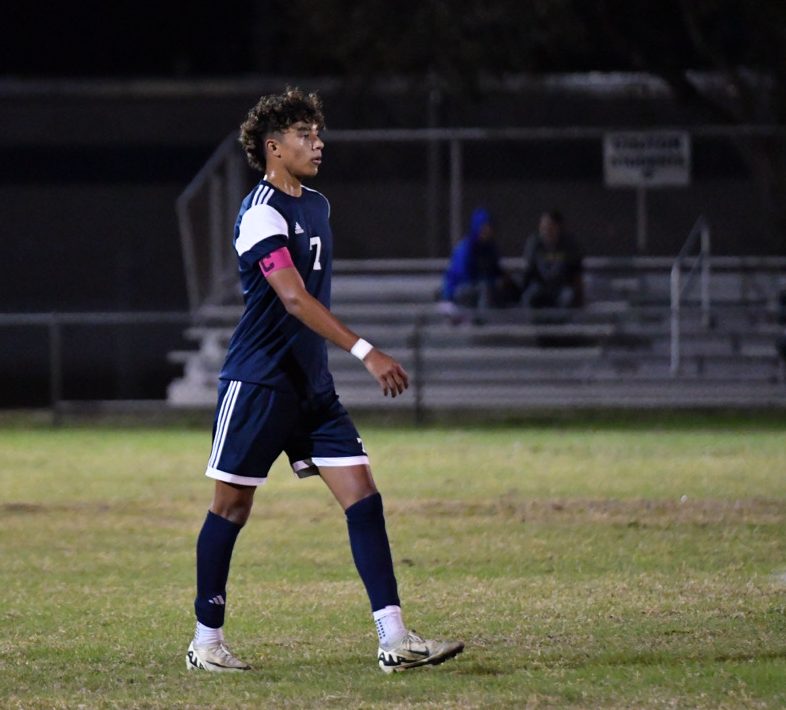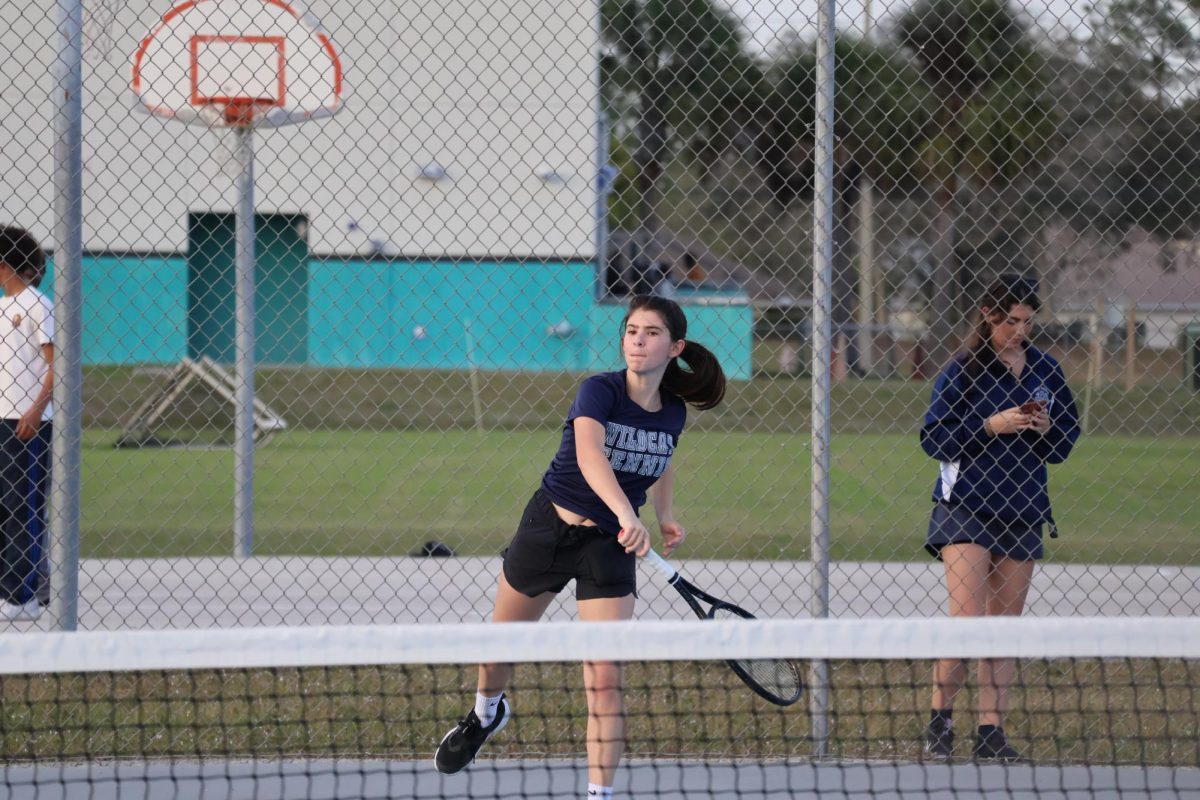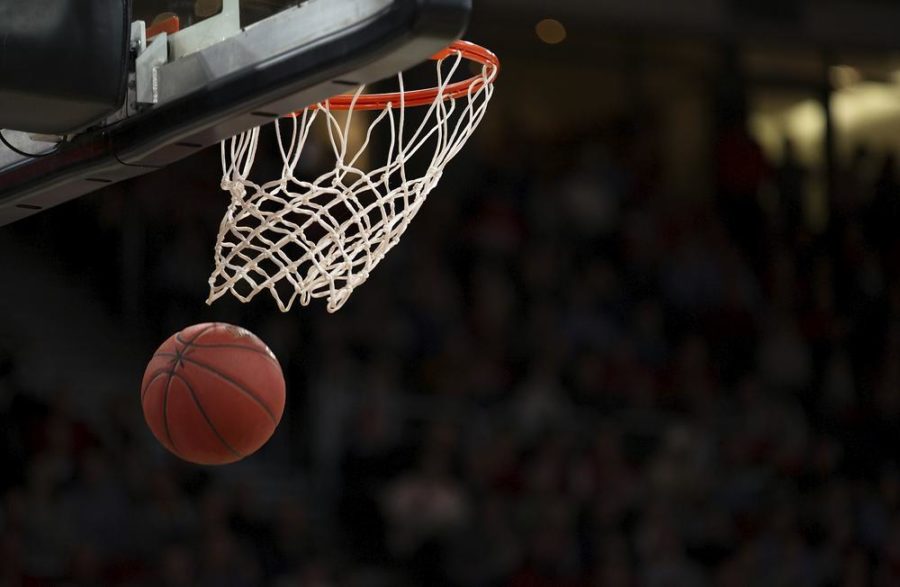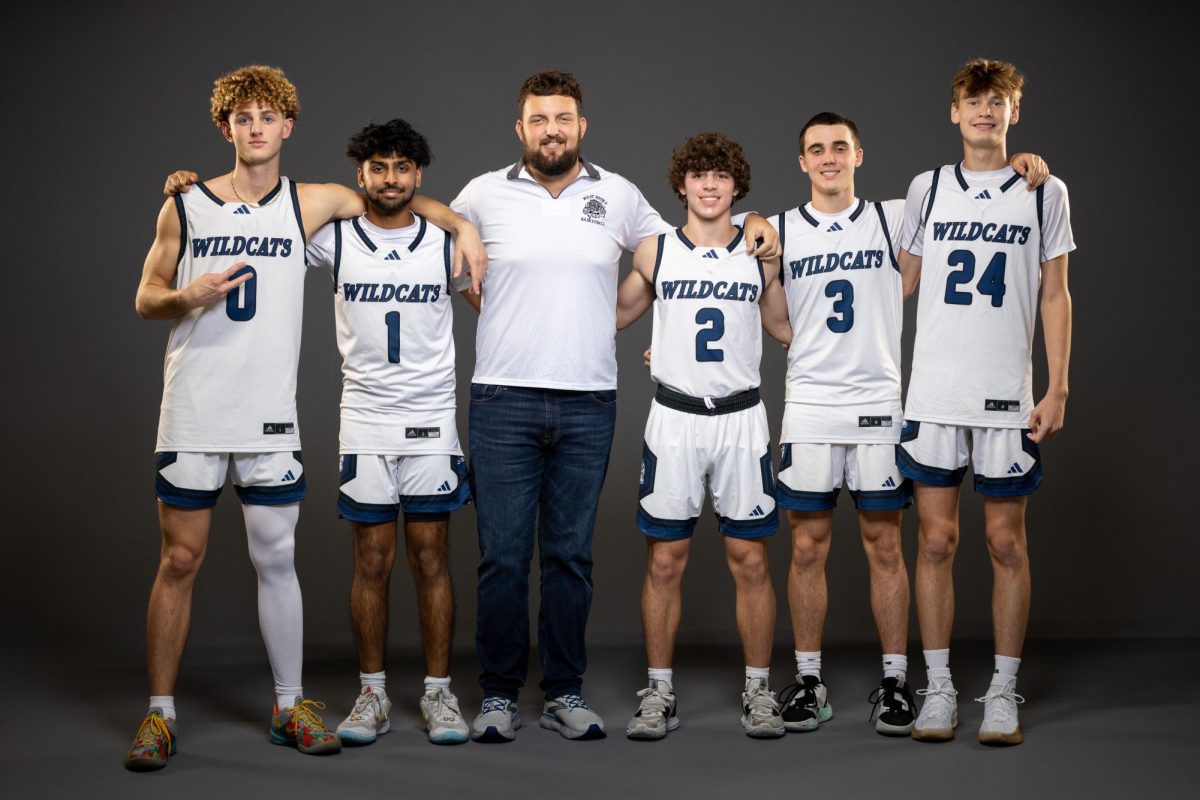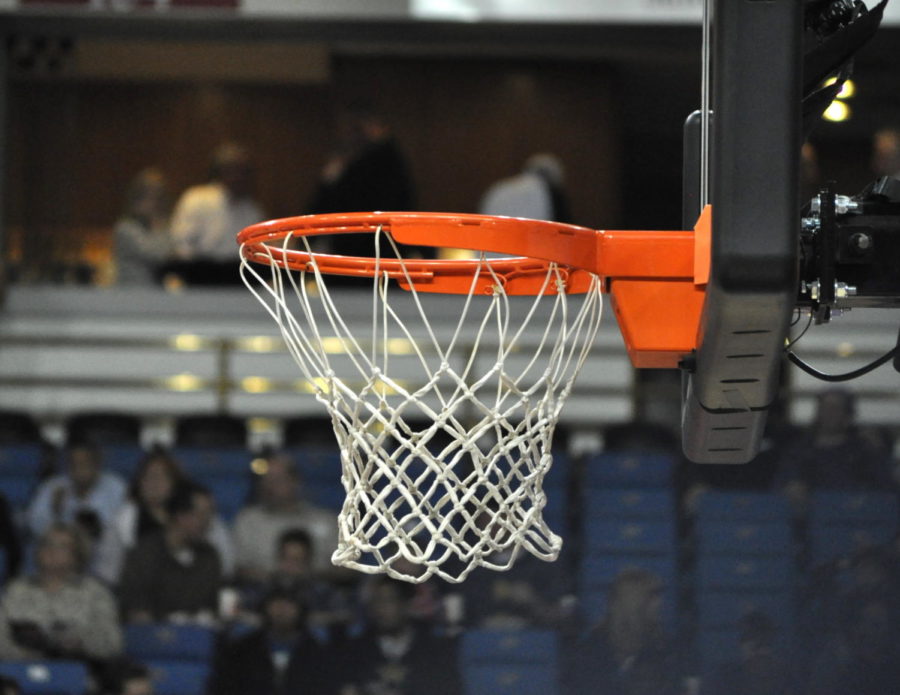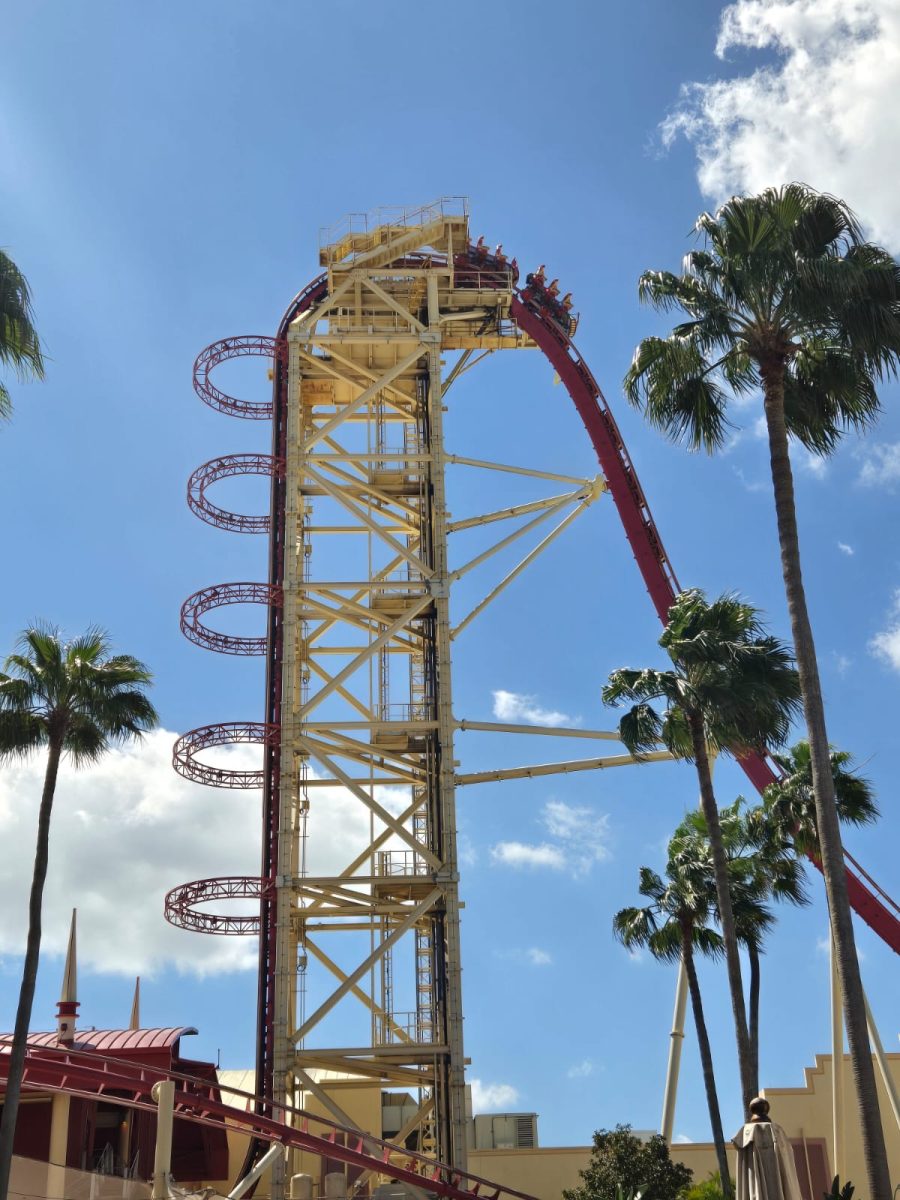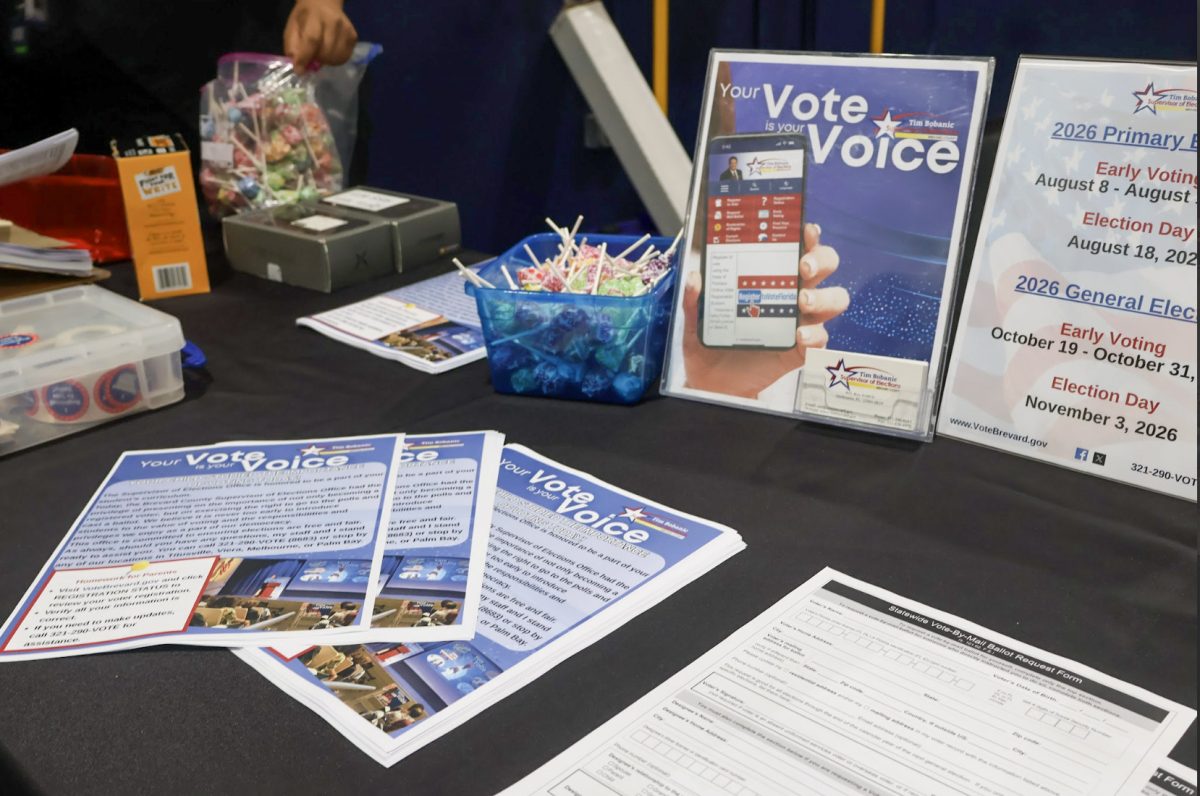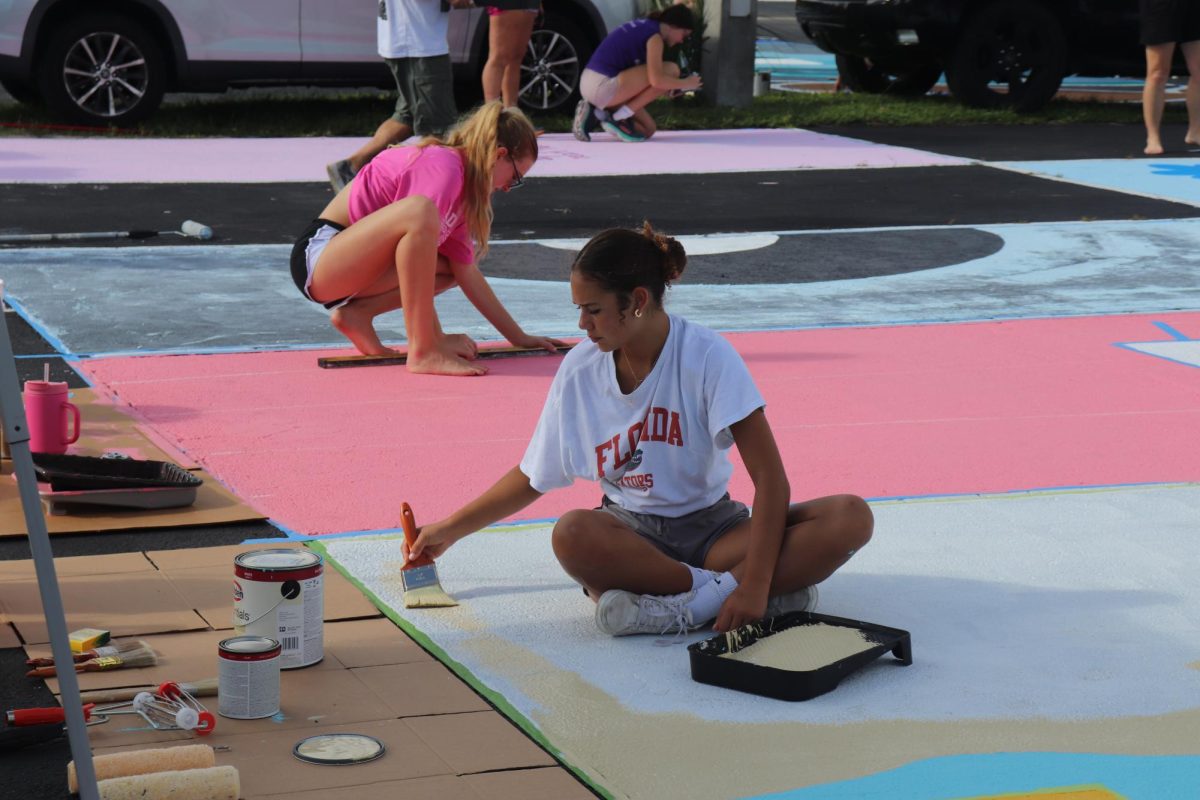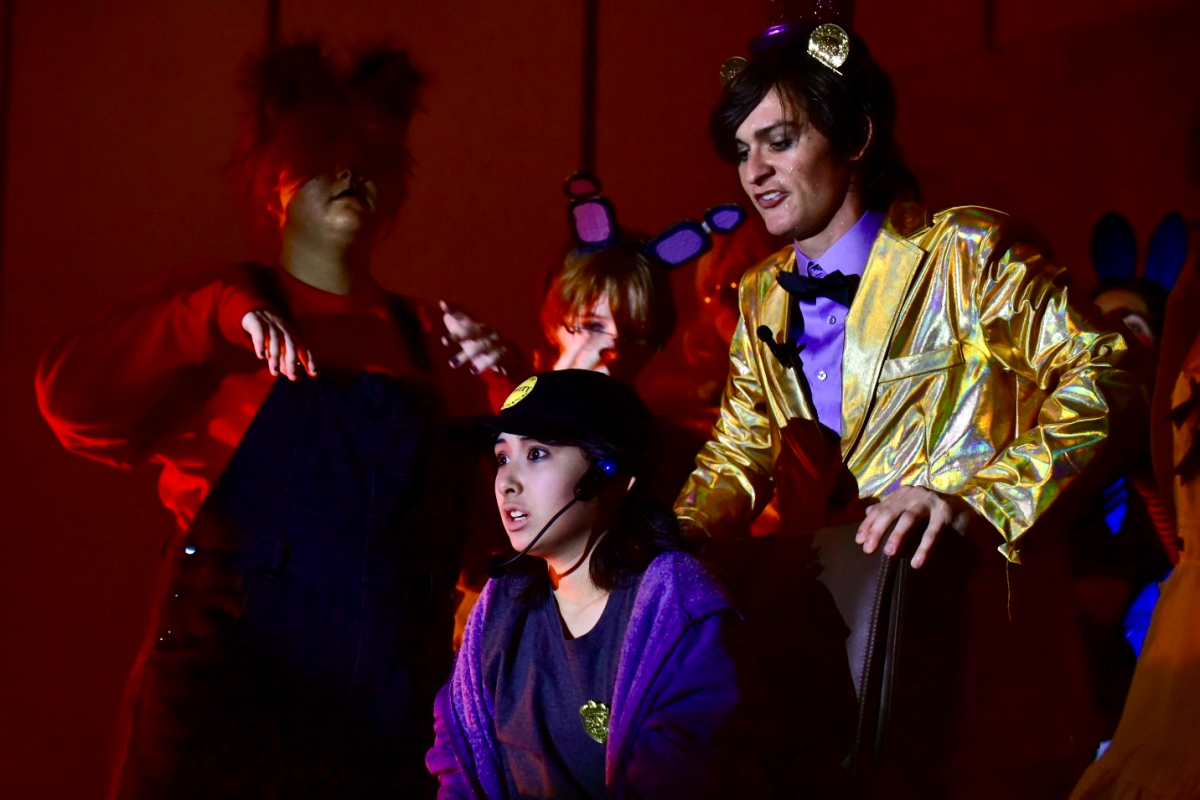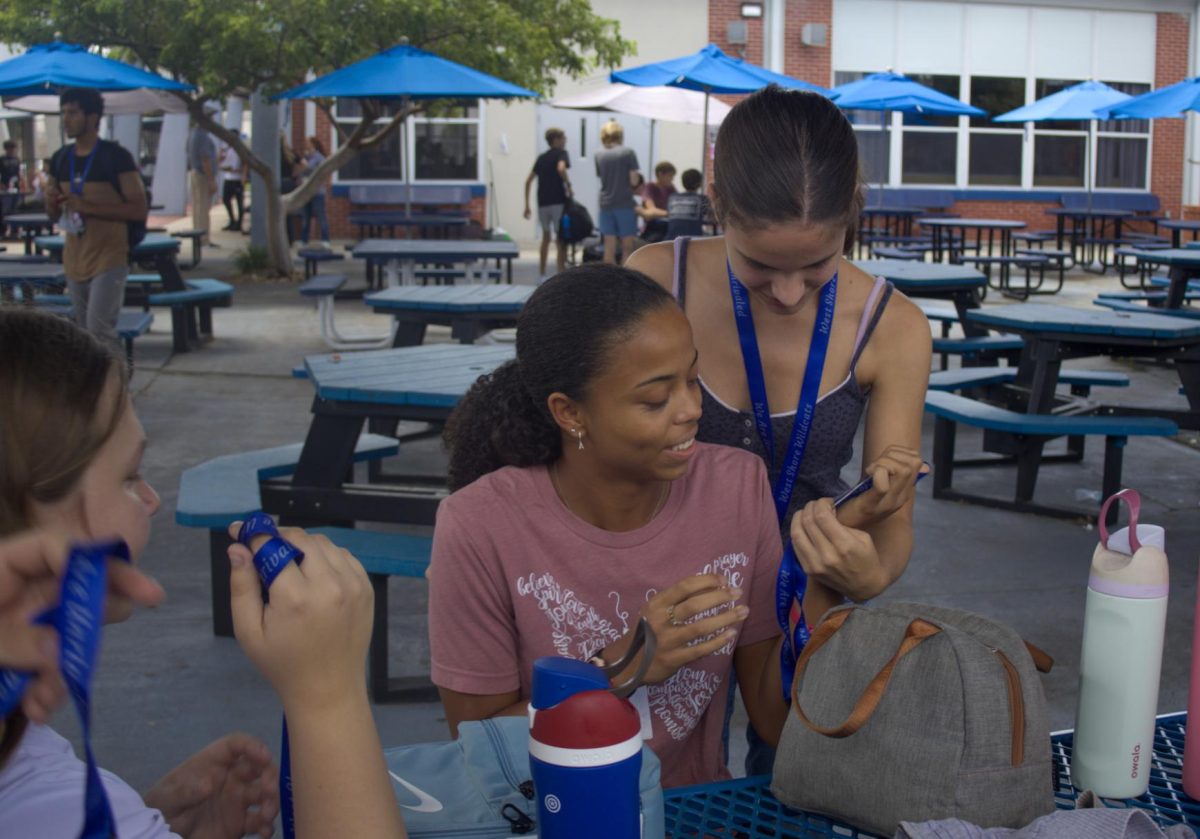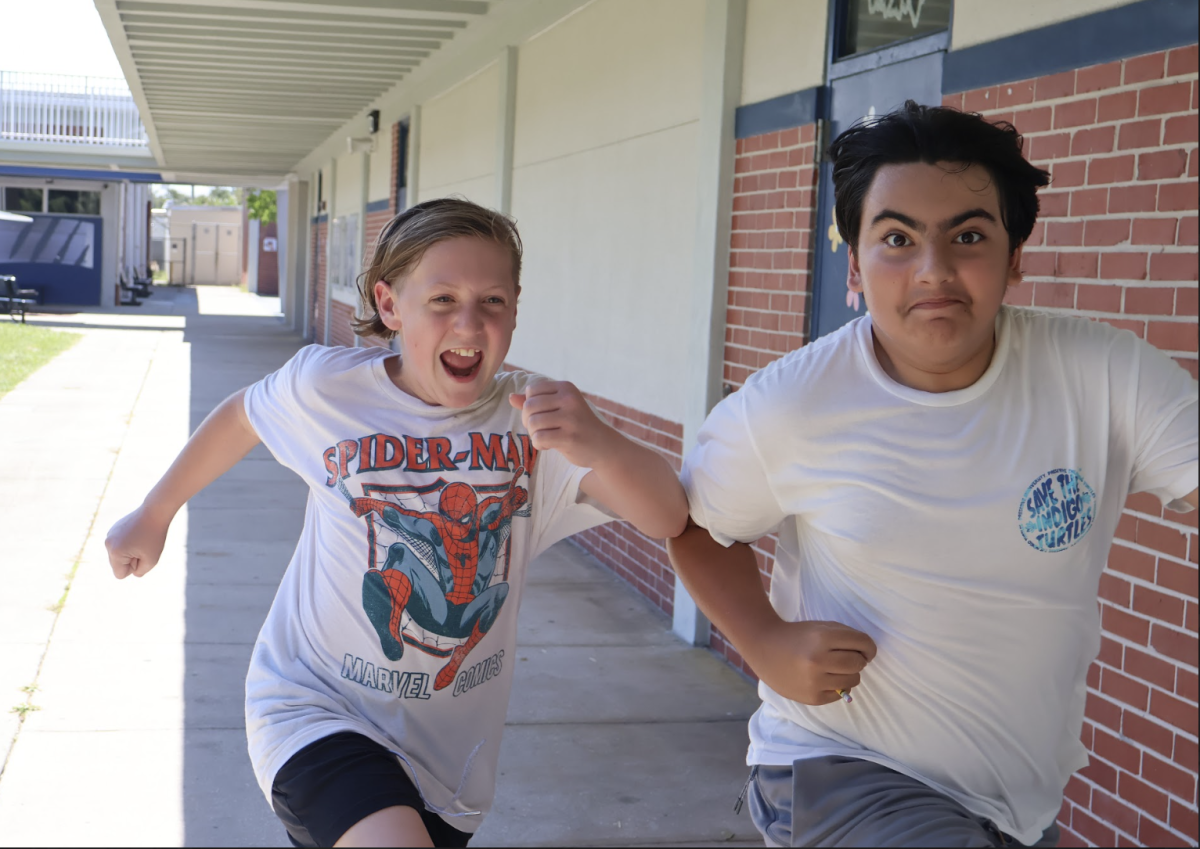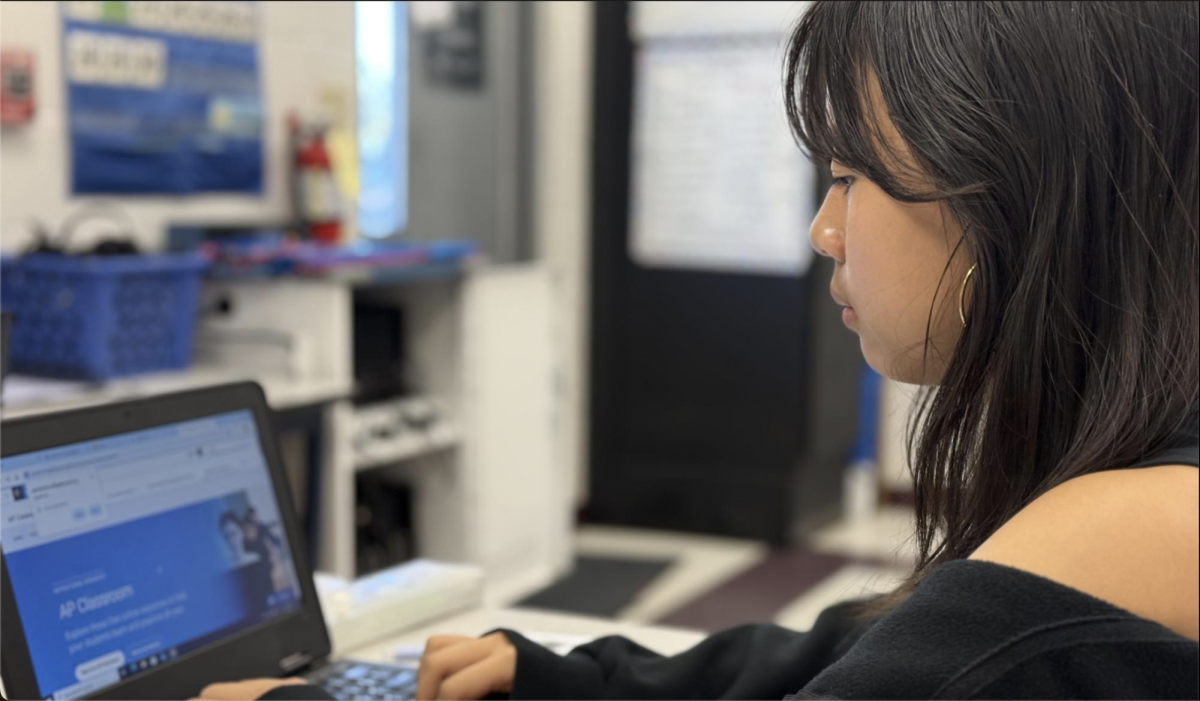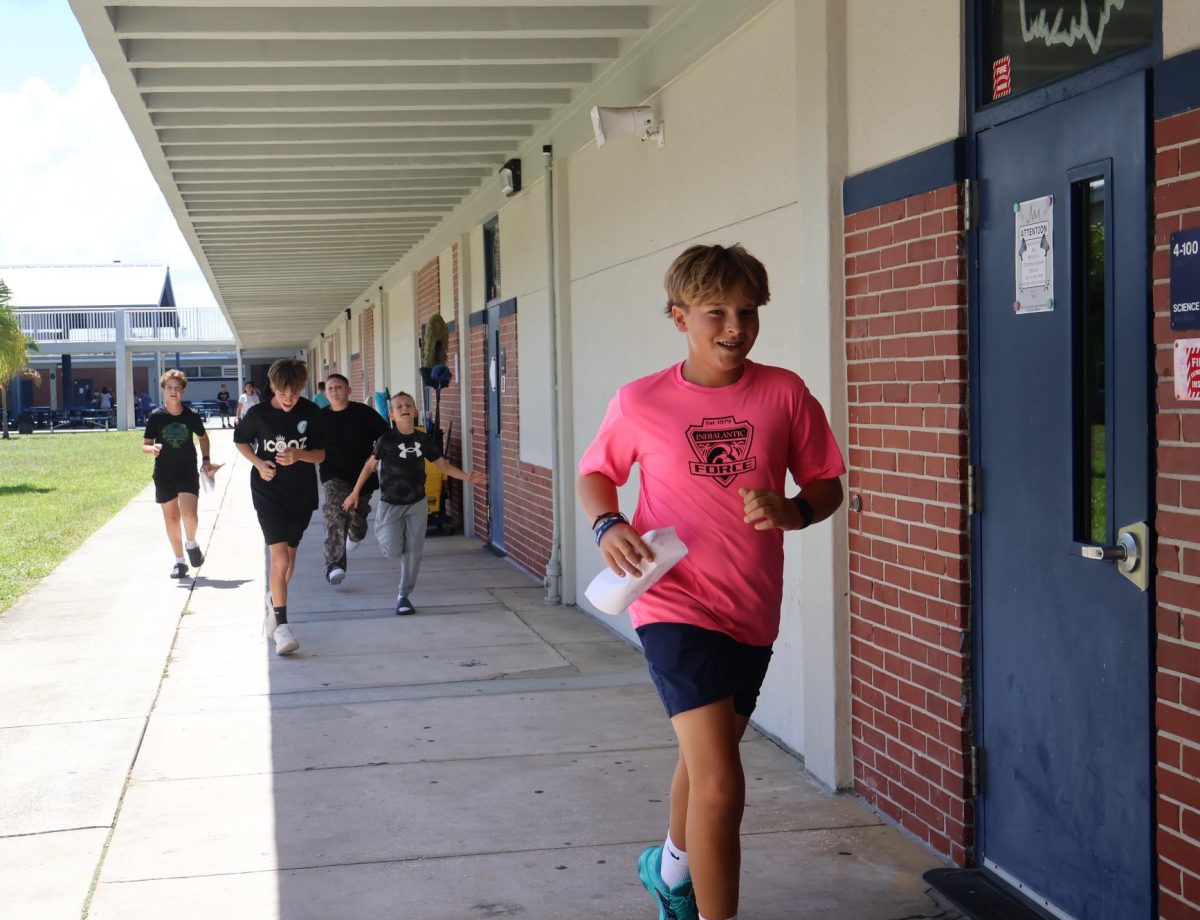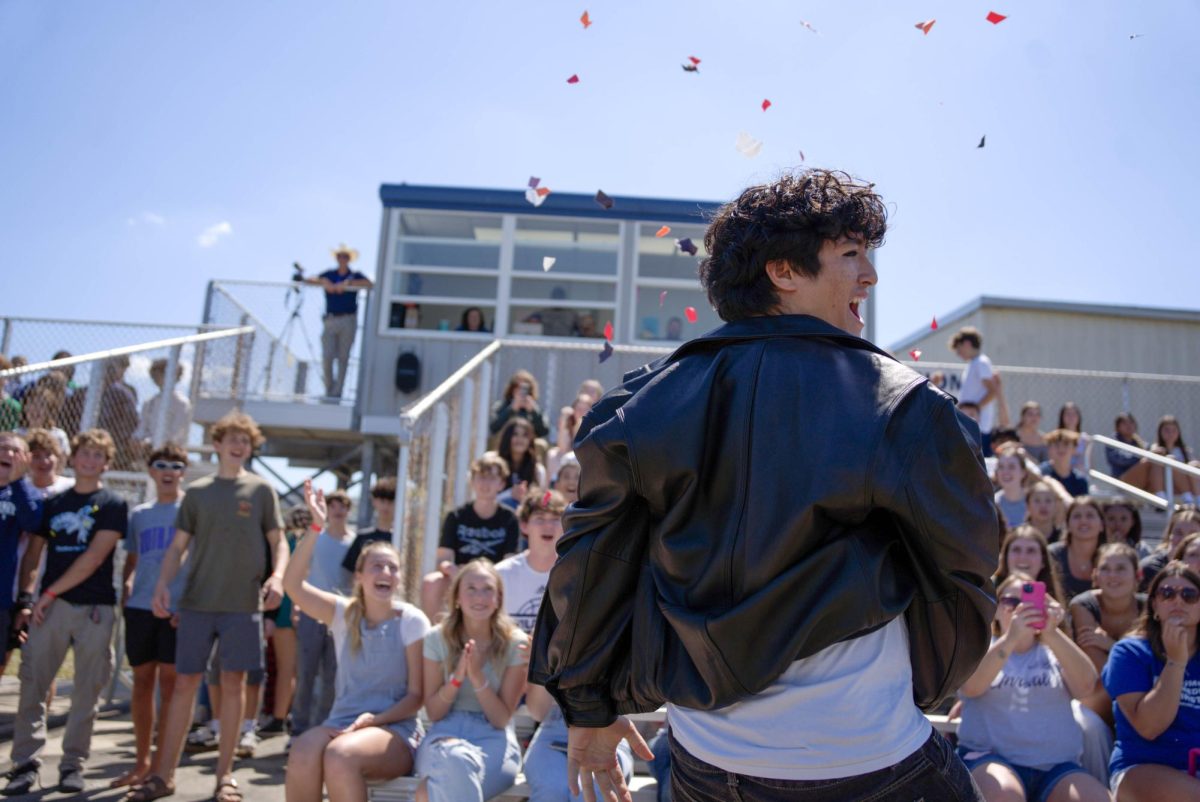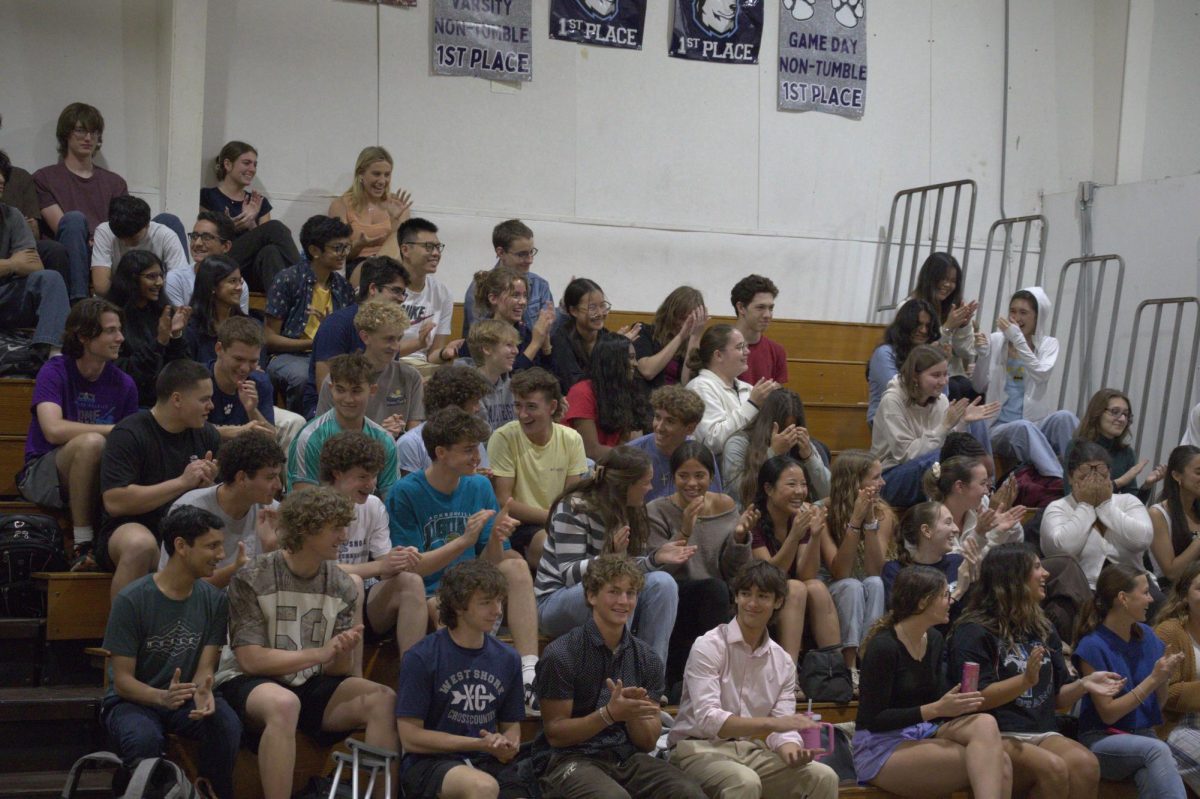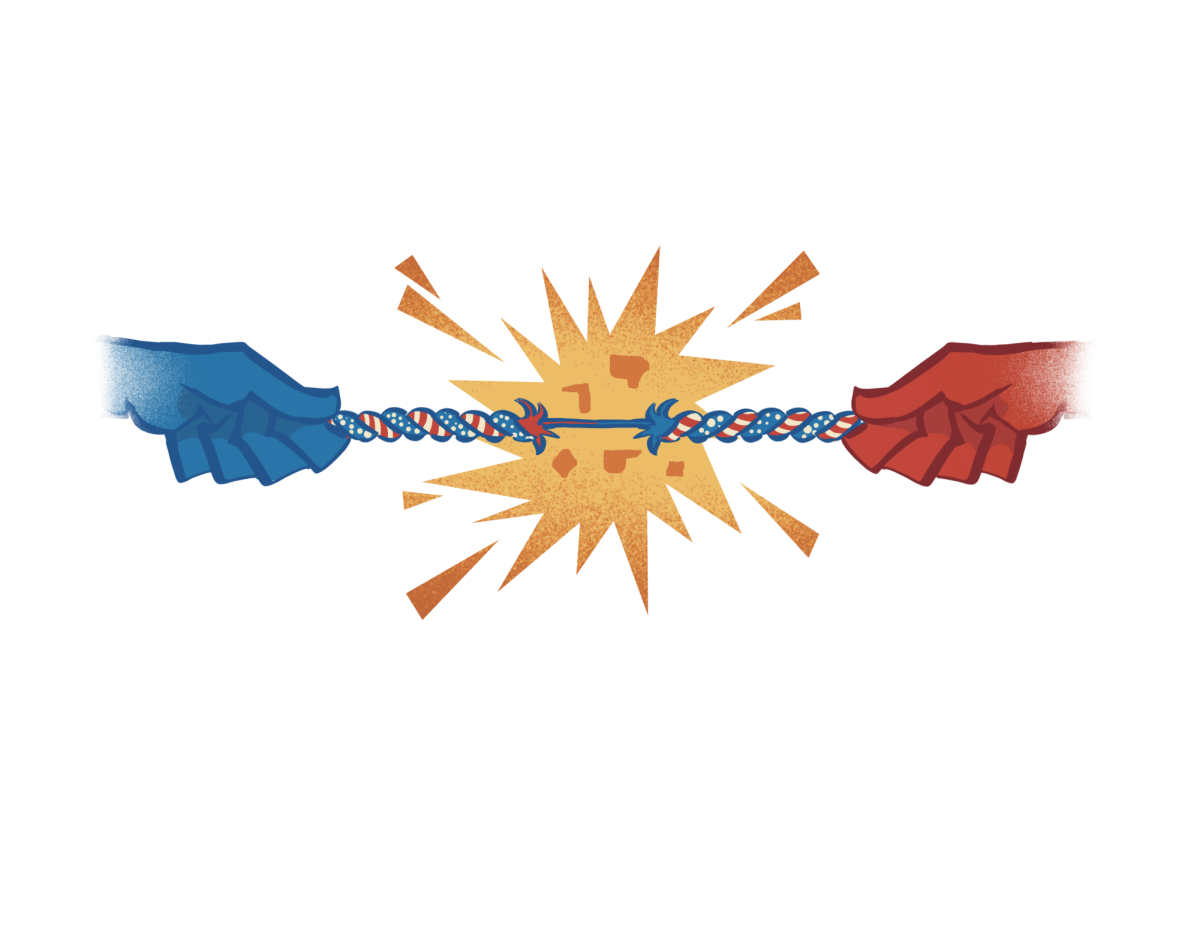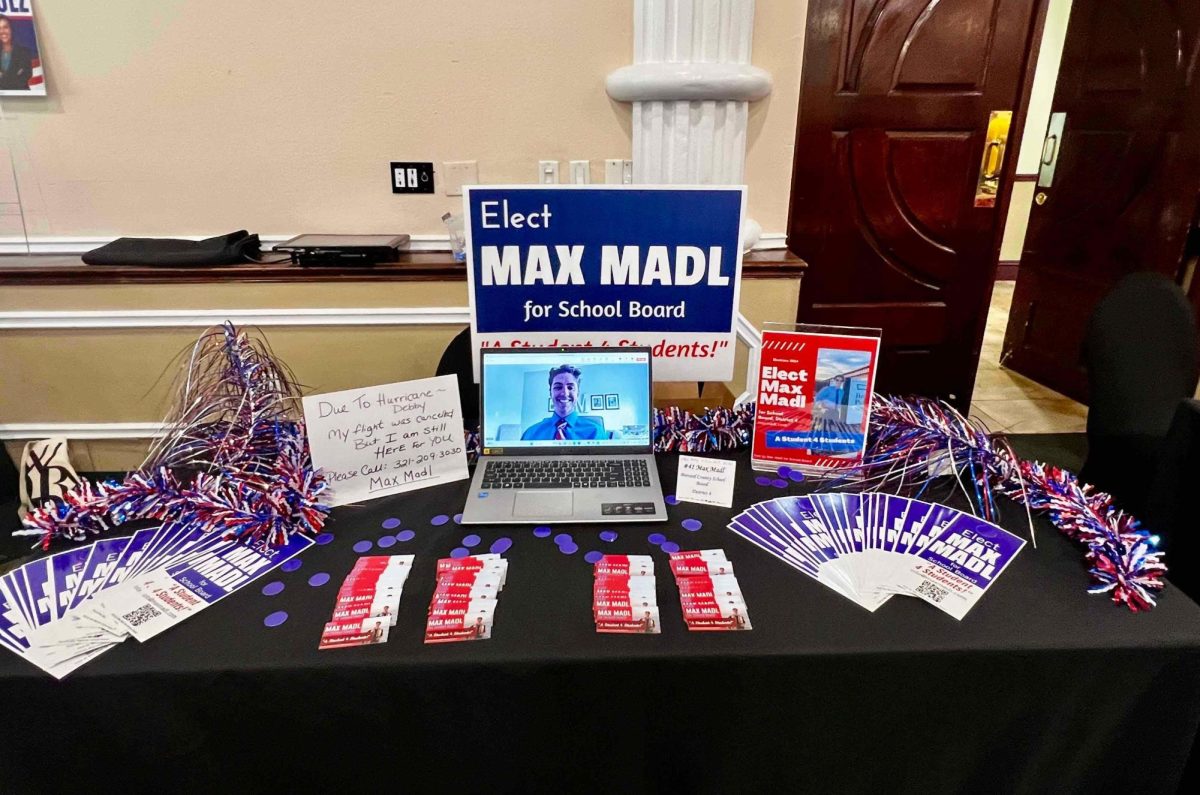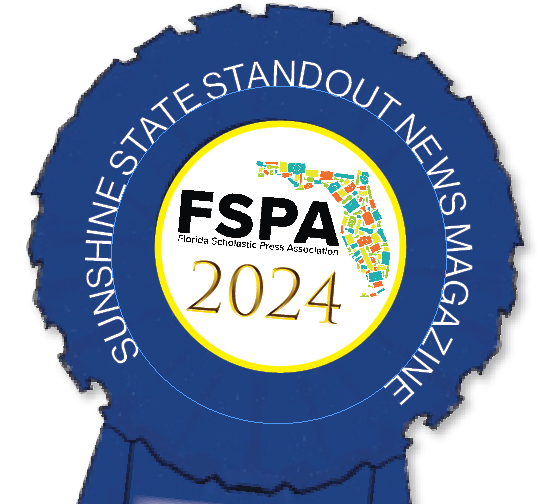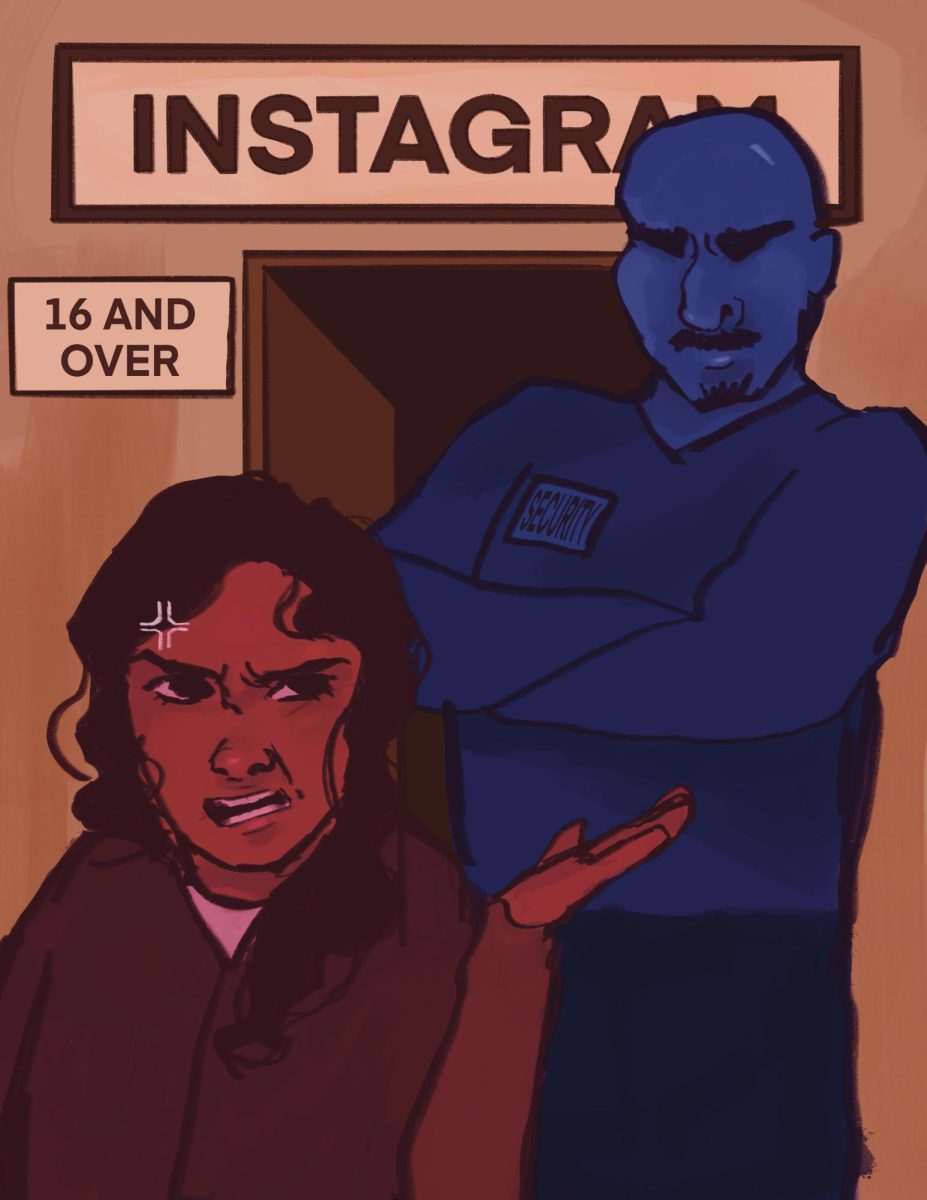After returning from a trip to Marjory Stoneman Douglas High School—the site of the 2018 Parkland school shooting—the Brevard County School Board is reopening discussions over whether teachers should be allowed to possess firearms in the classroom during a meeting Tuesday. This would be an extension of the 2018 Chris Hixon, Coach Aaron Feis, & Coach Scott Beigel Guardian Program, which allows for the presence of highly-trained professionals in schools to serve as guardians in case of emergency. By allowing teachers to possess firearms in the classroom for protection, the school board would theoretically be saving the money that they would have been using to pay the extra guardians. However, English teacher Carrie Aune said she thinks this proposition will create more losses than gains.
“We have spent both time and money trying to keep guns out of schools by implementing safeguards and policy to mitigate risk factors for students and staff,” Aune said. “The cost of training, necessary equipment, increase of insurance [and] replacing the teachers who will inevitably leave the profession [seems an unnecessary waste of money]. The amount of time involved for training a teacher of all people to be competent and comfortable—we don’t even have the time to allow more teacher work days or planning. And, even despite the training, accidents occur frequently. Weapons could be misplaced, misfire, or even taken—these issues have even occurred with well-trained professionals.”
Eighth-grader Ellianna F. said she too felt it could do more harm than good.
“I feel like [having firearms in classrooms] is really unsafe,” Ellianna said. “If something were to go wrong, if the firearm just went off or misfired, that could be really dangerous. If [the firearm] is locked away from the kids, then how are you supposed to get it in case of emergency? How do you make sure that a student can’t get [the firearm] if it’s easy for you to get to?”
AP World History teacher Kirk Murphy said he had similar worries.
“Where are the guns kept?” Murphy said. “How do you keep kids from getting the guns? There’s a plethora of issues. Who has to buy the gun? If you buy the gun, are you reimbursed by the state or the county? There’s just so many questions that aren’t answered. If [the school board] decided on it, they’d have to come up with decisions, but I really just don’t believe they’ve thought all of this through. I mean, we’ve heard about the SRO who left their gun somewhere and a kid found it. So many issues come to mind—it’s frightening. It’s a step backwards. I don’t believe you need guns to combat guns. [After all,] Florida keeps being Florida. How many Florida man stories will come out of this? You know, ‘Kindergartener shoots classmate with teacher’s gun.’ I can see the headlines. We’ll be in the news again, but never for the right reasons.”
Statistically, the perpetrators of most school shootings are students, with a percentage of just over 40 percent. John Taylor, a sixth grade teacher at Suntree Elementary School, said this puts a difficult choice in the hands of teachers.
“They are put into scenarios where they must make quick decisions that will have deadly consequences for themselves and those around them,” Taylor said. “Firing a weapon is the easiest part. It is the decision to fire that creates the dilemma. Is there a threat that is significant enough to warrant the use of a firearm? Should I fire? Can I strike the target without hurting others around me? What are the ramifications if I shoot, or do not shoot? These questions are constantly being evaluated by police and military personnel when they are deciding to take action that may result in the death of others. Even with the training these personnel endure, some have a hard time making appropriate decisions. Can we hold teachers to the same standard? If we can’t, will we lower the standard?”
Prior to teaching, Taylor served in the Air Force, and later as a police officer. His early career was one in which carrying a firearm was necessary, and though he understood the need, he said not feeling the need to carry one was one of the most freeing aspects of his teaching career. Taylor also said he believed that allowing teaching personnel to possess firearms is not the solution for the issue of school shootings.
“Teachers should be able to focus on teaching and their students,” Taylor said. “The job is hard enough without adding in the pressure of wearing a firearm. One of the first things a policeman is taught is that a gun is involved in every situation, because the officer brings one into every situation. Part of accepting the role of an officer is the acceptance of this danger —and it is a danger. You can attempt to mitigate it. You can institute processes to lower the danger, but in the end, allowing teachers to possess firearms at school introduces deadly weapons into the school environment. Isn’t that what we are trying to avoid?”
Aune said along with the issue of safety, she saw a moral crisis within this discussion.
“[There’s a] conflict of a teacher having to use a gun on the very children that for most are deeply ingrained to protect—it seems unthinkable,” Aune said. “It seems obvious that this issue is promoted by those with no insight or understanding whatsoever of the dynamic or objective of the educational system.”
The goal of this policy would be to ensure a greater level of safety in the classroom, but freshman Samantha Kervin said ensuring true safety would require focusing on the students themselves.
“Most of the time, the shooters, they need help,” Kervin said. “Something isn’t right, whether at home or something else, and we need to help with that. We need a better school environment itself, because a majority of students who are driven to kill, there’s a cause. Monsters are made. They are not born.”
By Hannah Jones

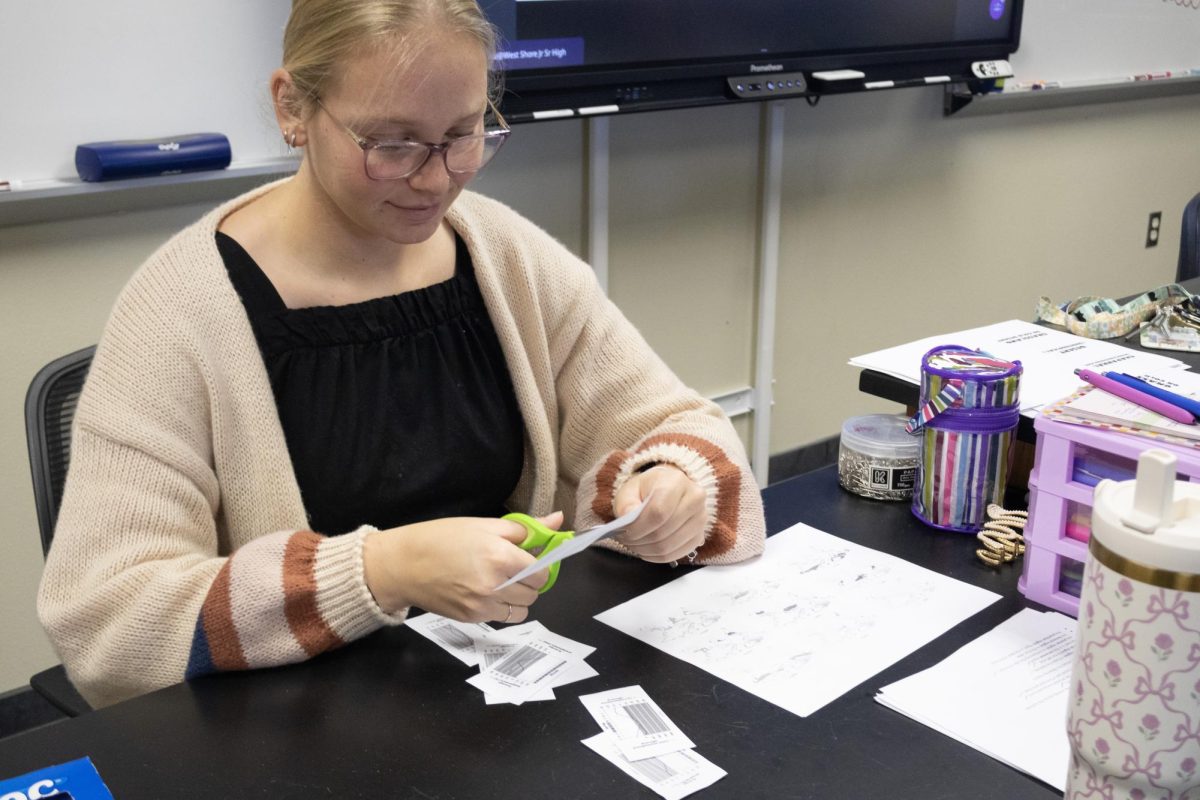
![Sophomore Isabelle Gaudry walks through the metal detector, monitored by School Resource Officer Valerie Butler, on Aug. 13. “I think [the students have] been adjusting really well," Butler said. "We've had no issues, no snafus. Everything's been running smoothly, and we've been getting kids to class on time.”](https://westshoreroar.com/wp-content/uploads/2025/08/IMG_9979-1200x800.jpg)
